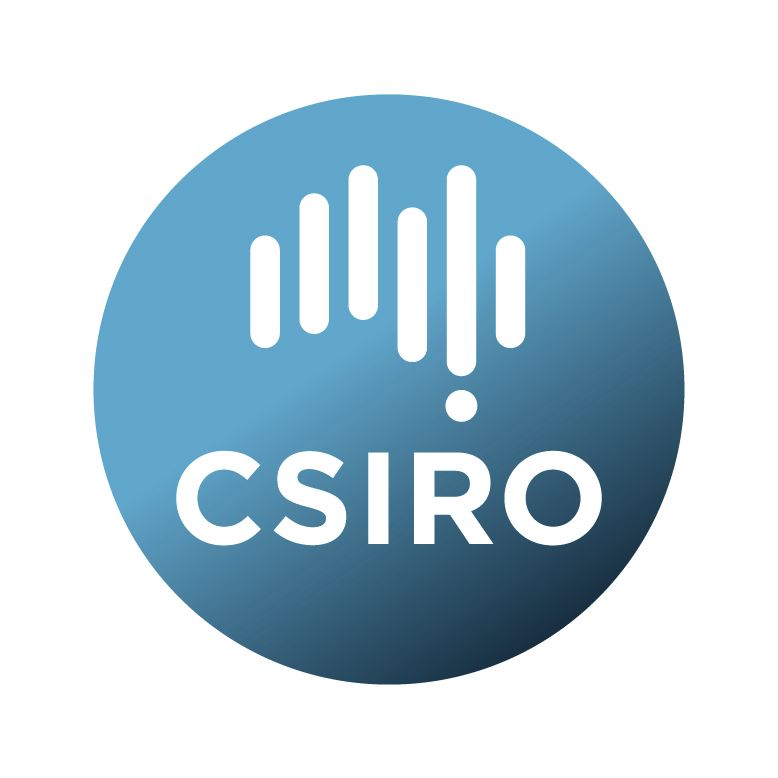Brief description
ASKAPsoft, the ASKAP Science Data Processor, provides data processing functionality, including:* Calibration
* Spectral line imaging
* Continuum imaging
* Source detection and generation of source catalogs
* Transient detection
ASKAPsoft is developed as a part of the CSIRO Australian Square Kilometre Array Pathfinder (ASKAP) Science Data Processor component. ASKAPsoft is a key component in the ASKAP system. It is the primary software for storing and processing raw data, and initiating the archiving of resulting science data products into the data archive (CASDA).
The processing pipelines within ASKAPsoft are largely written in C++ built on top of casacore and other third party libraries. The software is designed to be parallelised, where possible, for performance.
ASKAPsoft is designed to be built and executed in a standard Unix/Linux environment and core dependencies must be fulfilled by the platform. These include, but are not limited to, a C/C++/Fortran compiler, Make, Python 2.7, Java 7 and MPI. More specific dependencies are downloaded by the ASKAPsoft build system and are installed within the ASKAPsoft development tree. Specific to the Debian platform, after a standard installation of Debian Wheezy (7.x) the following packages will need to be installed with apt-get:
* g++
* gfortran
* openjdk-7-jdk
* python-dev
* flex
* bison
* openmpi-bin
* libopenmpi-dev
* libfreetype6-dev
* libpng12-dev
More information regarding the building, installation and running of the software can be found in the README file in the root of the file structure that forms this collection.
Source code can be accessed via the links in Related Materials section.
-----
Pipelines:
* The default imager has been changed *for all imaging jobs* to be the
new imager task.
* Image-based continuum subtraction script made compatible with ACES
script changes. Needs to be used with ACES revision number 47195 or later.
* The bandpass solutions can now be applied to calibrator themselves, producing
calibrated MSs.
* Reference antenna for bandpass calibration specified via the new parameter
BANDPASS_REFANTENNA.
* Self-calibration with cmodel can now avoid using components below
some nominated signal-to-noise level. It can also be forced to use
PSF-shaped components for the calibration.
* The first stage of mosaicking now uses the weighttype=Combined
option (see below), which should give a better reflection of the
data in the event different beams have different weights.
* Some bug fixes (see CHANGES file)
Processing software:
* Cflag:
- Fixed bug where the StokesV flagger would crash with a
segmentation fault on occasions where it was presented with a
spectrum or time-series that was entirely flagged.
* Imager:
- The imager is now more robust against small changes in the
frequency labels of channels, with an optional tolerance
parameter available.
* Selavy:
- A few bugs were fixed that were preventing Selavy working for
spectral-line cubes, where it was trying to read in the entire
cube on all processing cores (leading to an out-of-memory
error).
- Moment-0 maps now have a valid mask applied to them.
- Selavy can now measure the spectral index & curvature from a
continuum cube, instead of fitting to Taylor-term images.
- Duchamp version 1.6.2 has been included in the askapsoft
codebase.
- The deconvolved position angle of components is now forced to lie
between 0 & 2pi, and its error is limited to be no more than 2pi.
* Linmos:
- Fixed a bug that meant (in some cases) only a single input image
was included in the mosaic. Happened when the input images had
masks attached to them (for instance, combination of mosaics).
- New option of "weighttype=Combined" for linmos-mpi, that uses
both the weight images and the primary beam model to create the
output weights.
Available: 2018-04-03
Data time period: 2017-11-19 to ..
Subjects
ASKAP |
Astronomical Sciences |
Astronomical Sciences Not Elsewhere Classified |
Physical Sciences |
data reduction |
pipeline |
radio astronomy |
science data processor |
software |
User Contributed Tags
Login to tag this record with meaningful keywords to make it easier to discover
Identifiers
- DOI : 10.4225/08/5AC2DAB39405E

- Local : 102.100.100/70034


